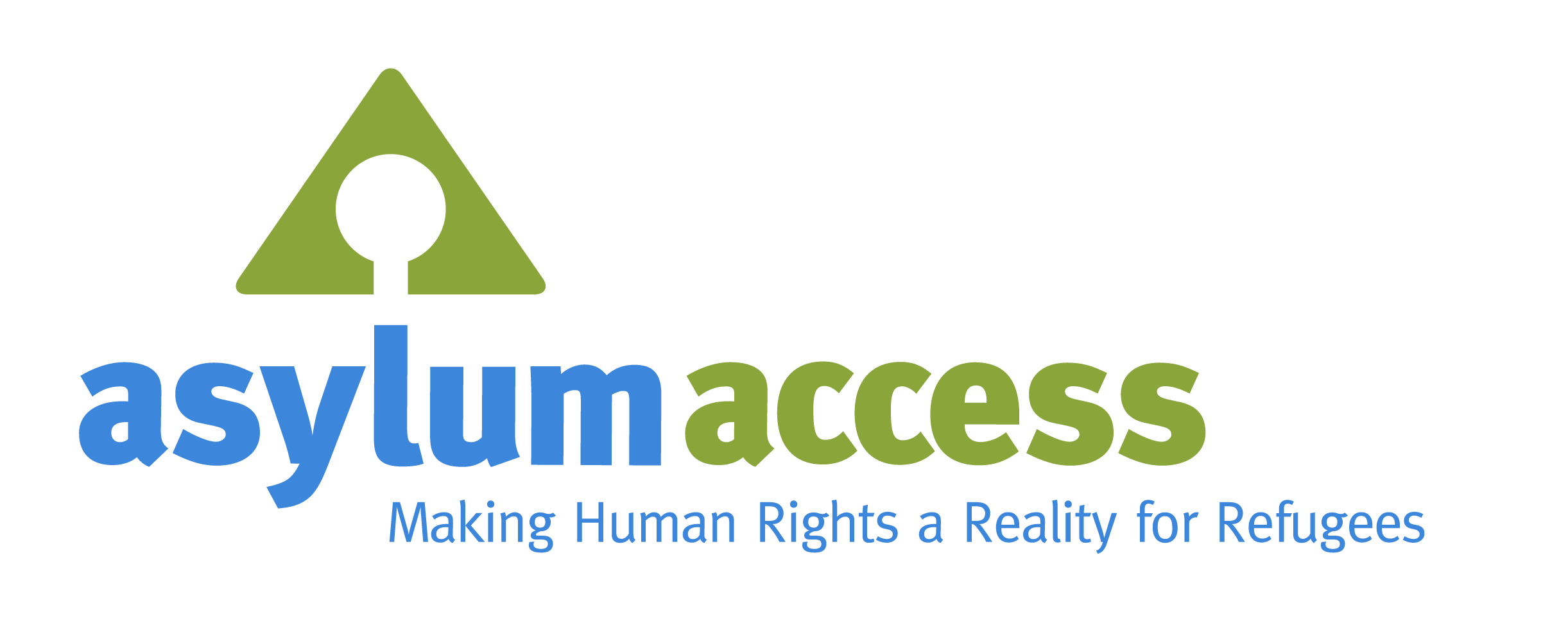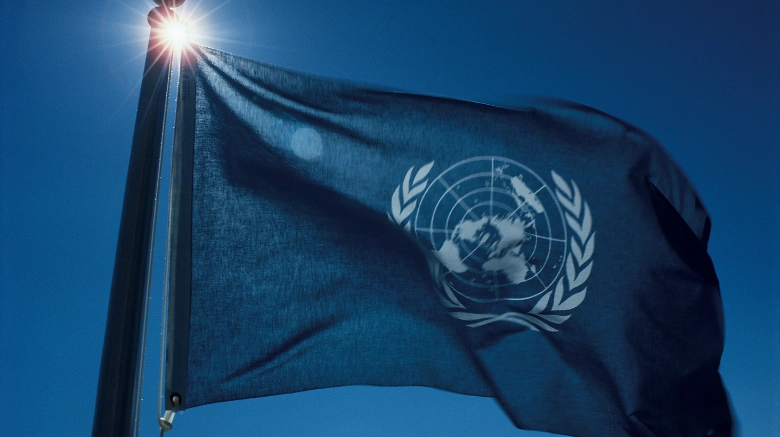What is the 1951 Refugee Convention—and How Does It Support Human Rights?
The UN Convention Relating to the Status of Refugees—also known as “The 1951 Refugee Convention”— was formally adopted 70 years ago on July 28, 1951. The agreement is considered the “centrepiece of international refugee protection” and legally binds country signees to recognize and protect people who flee their countries of nationality because of persecution or conflict.
While the Convention is no longer the only international protection regime for refugees, it established an important moral and legal precedent in global refugee response. It also continues to serve as a reference point for refugee rights agreements around the world.
At the time of its creation, the 1951 Refugee Convention was the most comprehensive codification of the international rights of refugees.
Prior to the 1951 Refugee Convention, non-governmental organizations, like the Red Cross, were the primary actors in refugee response, administering ad hoc emergency relief. After 1921, the League of Nations established and protected a legal status for refugees, but limited its scope to specific refugee groups on a case-by-case basis. The 1951 Refugee Convention was created after World War II and legally recognized–for the first time–refugees in the region based on their experience of displacement, rather than their country of origin. However, the Convention was originally limited in scope to persons fleeing persecution in Europe.
The 1951 Refugee Convention has since grown to govern a majority of the global refugee rights system. The 1967 Protocol removed the Convention’s geographic and temporal limitations so that it applied universally. While only twenty-six states participated in the original Convention, 145 states have since ratified it, which means they have officially approved the Convention and intend to comply with its rules. Initially a temporary regional agreement, the 1951 Refugee Convention is now an enduring global institution
The 1951 Refugee Convention defined a new category of protected persons and specified what it means to respect refugees’ human rights.
The 1951 Refugee Convention provided lasting contributions to the international legal system on refugee rights, including a single universal definition of the term “refugee” as well as the core principles of non-discrimination, non-penalization and non-refoulement. The Convention defines a refugee as someone who is unable or unwilling to return to their country of nationality “owing to a well-founded fear of being persecuted for reasons of race, religion, nationality, membership of a particular social group, or political opinion.” And, through the principle of non-refoulement, the agreement holds that no state can expel or return (“refoul”) a refugee to a territory where their life or freedom would be threatened. Signees of the 1951 Refugee Convention are held to its definitions and principles, and many state parties, such as the US, have implemented all or parts of the Convention into their national refugee policies.
The 1951 Refugee Convention is influential beyond official state parties to the Convention as well. For example, the principle of non-refoulement applies to all migrants at all times, irrespective of migration status, and is fortified by multiple international human rights agreements. Additionally, while about one quarter of UN member states have not ratified the 1951 Refugee Convention, many states are still influenced by norms established by the Convention and a desire to engage diplomatically with UNHCR and the Convention’s state parties. This means that even non-party states have incentive to recognize refugee rights and follow the Convention’s core principles. In essence, the 70-year-old Convention provides guidance that remains relevant almost everywhere in the world today.
A lot has changed since 1951, and new displacement contexts call for new approaches to refugee rights.
Despite the 1951 Refugee Convention’s historical contributions to global refugee protection, a growing movement of governments, scholars and NGOs has called into question the appropriateness of a Euro-centric, World War II-era convention for today’s new and changing displacement situations. And there are a number of reasons for rethinking and expanding upon the existing agreement. For example, the Convention’s definition of the term “refugee” does not accommodate a growing population of people who have experienced displacement, including those displaced due to climate change, food insecurity or non-state terrorism or those who are displaced internally. The agreement also lacks guidance on long-term (or “protracted”) displacement, of which a growing proportion of displacement experiences are.
Importantly, a number of other regional agreements already exist that supplement the 1951 Refugee Convention to better accommodate their modern contexts, including the 1984 Cartagena Declaration (among Central American states, Mexico and Panama) and the 1969 OAU Convention (among African states). Agreements like these expanded refugees’ access to rights and have provided new models for what refugee rights agreements can look like going forward. While regional agreements do not guarantee state participation, they are often widely integrated into national refugee laws and policies, providing greater leverage for legal and advocacy efforts in support of refugee rights.
The 1951 Refugee Convention has served as a critical guidepost for many countries over the last several decades. However, much more must be done to ensure people of forced displacement can meaningfully rebuild their lives wherever they find themselves. Asylum Access advocates for a response to forced displacement that recognizes, restores and amplifies the power of those who have been forced from their home countries. Learn more about our work here.






